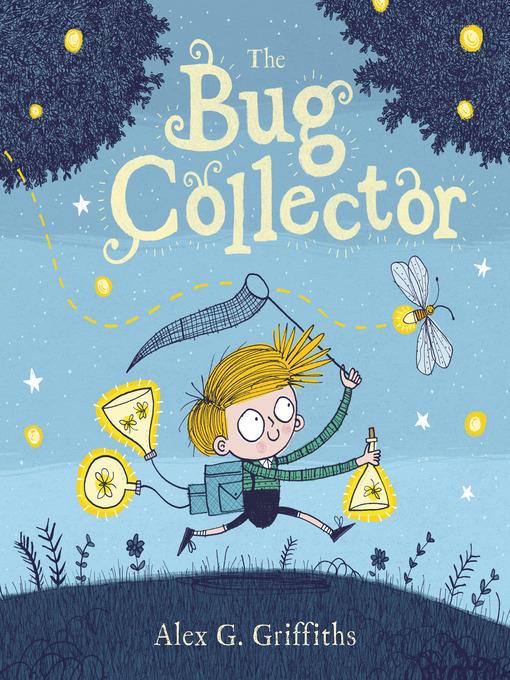
The Bug Collector
فرمت کتاب
ebook
تاریخ انتشار
2020
Lexile Score
640
Reading Level
2-3
نویسنده
Alex G. Griffithsناشر
Andersen Press USAشابک
9781728430027
کتاب های مرتبط
- اطلاعات
- نقد و بررسی
- دیدگاه کاربران
نقد و بررسی

April 1, 2020
PreS-Gr 1-Following a trip to a wildlife museum, George takes up the same passion as his grandfather-collecting bugs. In his backyard, the determined boy sticks butterflies, ants, and other creatures into jars for his own collection. He gets so good at capturing them though, that none are left. When Grandad visits, he gently explains why these creatures need to be freed. Through George's actions, young readers can see the importance of studying ecology and our responsibility to nature. From the happy boy to the unhappy butterfly, Griffiths lays his illustrations out nicely. Even the spread describing the important activities of insects is cleanly inserted. The scratchy ink linework and loose-limbed character models give the title a sharp and funny look. VERDICT Children who like to play with bugs will relate to this title. A recommended purchase.-Rachel Forbes, Oakville Public Library, Ont.
Copyright 2020 School Library Journal, LLC Used with permission.

January 1, 2020
Together, George and Grandad figure out the best way to enjoy bugs. George is a blond, white child who excitedly accompanies white-bearded Grandad on a trip to the Museum of Wildlife. The big-eyed, cartoony characters move quickly past large-animal displays to Grandad's favorite room, which is crowded with framed specimens of "creatures much smaller and stranger, and Grandad loved them." George returns home, dreaming of all kinds of bugs, and sets off the next day to find bugs and collect them. Comical scenes depict him failing at early attempts, but he finally becomes a "master bug catcher," storing all manner of live bugs in glass containers with holes in the lids. Oddly, the contraption used for grabbing a butterfly looks lethal despite George's self-admonishment of "CAREFULLY!" In what seems to be a very short time, George admires his specimens--stored in his treehouse--then goes home to dinner, noticing as he does that something is off in his garden. Next day, Grandad confirms George's realization that all the bugs are gone from the now-sick garden. There ensues a double-page spread of lecturing from Grandad, after which George sadly releases the bugs. Grandad redeems both characters with a suggestion that eventually creates something far better than the bug room at the museum. The final, joyous double-page spread--which includes kids of varying skin tones--makes the final sentence as unnecessary as swatting a long-dead fly. Cute art but buggy text. (Picture book. 3-5)
COPYRIGHT(2020) Kirkus Reviews, ALL RIGHTS RESERVED.

March 1, 2020
Grades K-3 One Saturday, Grandad takes George to the Museum of Natural History, and boy howdy does it blow the kid's mind. They make a beeline to Insect World, where entomological wonders (Grandad's favorite!) are on display. Afterwards, George gets the bug bug and begins collecting every flying or crawling critter he can. Cartoonish illustrations show George cavorting about his backyard with a butterfly net, rigging clever traps. Soon he has a massive collection of jarred and bottled insects, which?while beautiful?seem distinctly sad about their new digs. The droopy butterfly wearing an even droopier frown says it all. The next day, everywhere was dull and sad without the buzz of bugs, and Grandad explains how these creatures have important jobs to do in nature and shouldn't be kept in jars. Griffiths delightfully captures George's enthusiasm while delivering a gentle lesson in environmental stewardship. The bug garden George and Grandad plant is a much friendlier alternative to collecting, one that can be easily implemented by readers wishing to support their local pollinators.(Reprinted with permission of Booklist, copyright 2020, American Library Association.)

























دیدگاه کاربران